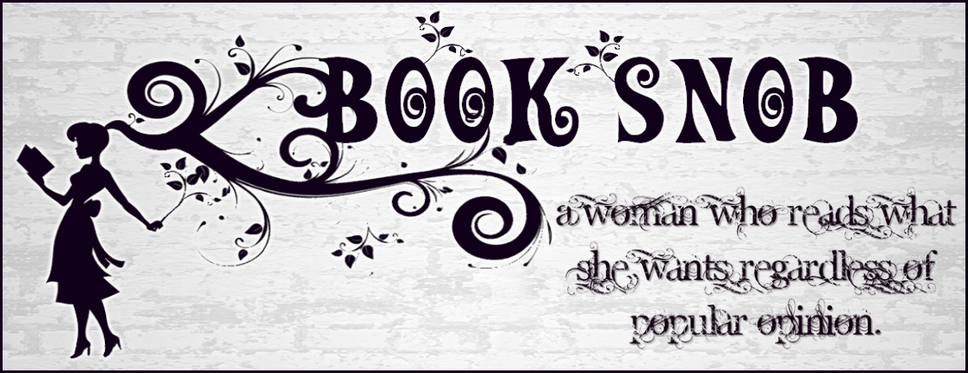Black Elk Speaks. Being the Life Story of a Holy Man of the Oglala Sioux, As told through John G. Neihardt (Flaming Rainbow)
John G. Neihardt met Black Elk in 1930. When they met, Black Elk recognized Niehardt as the man he must teach his vision to, so that it might be saved before he died. Niehardt reflects, "His chief purpose was to 'save his Great Vision for men.'"pg. xix At this time Black Elk was old, going blind and he lived on the Pine Ridge Reservation where the Wounded Knee Massacre took place in 1890. Black Elk was a holy man, a visionary and a healer. He was also related to Crazy Horse through his father.
Black Elk Speaks is the true history of the conflicts between the U.S. Government and the Plains Indians from the Native American perspective. Black Elk begins by describing his childhood and his sacred vision and from there he details the coming of the white man to the Black Hills, and the battles that ensued like The Battle at Little Big Horn. He talks about Crazy Horse and how he died, the killing of the buffalo and the Native way of life, and the horrible reservations they were forced on. He teaches about the coming of the Indian Messiah, Wovoka, and The Ghost Dance, Black Elk participated in, and the massacre at Wounded Knee.
Everyone who travels to the Black Hills in South Dakota needs to read Black Elk Speaks. It will provide you with a comprehensive history of the area as well as important geographical places sacred to the Plains Indians. You will learn about the spiritual world of the Lakota, the medicine wheel, the six grandfathers, the importance of visions and the four directions. I read many parts of this book to my children as we traveled to the places that Black Elk speaks about in the book.
Reading Black Elk Speaks was an amazing experience for me while in the Black Hills. I spent some time on the Pine Ridge Reservation (where Black Elk lived) while in the Badlands. I drove for miles and miles and noticed how beautiful the landscape is but could not believe how sparse and desolate the reservation appeared. I wanted to go to the site of Wounded Knee. We stopped at the Indian cultural center and I talked to the man working there. It was 7 pm at this time, we needed gas and food and we were still 2 hours away from where we were staying in Hill City. We got gas another 10 miles up the road where there were two pumps, and a long line to get gas and they accepted cash only. The convenience store seemed like the only store in a 40 miles radius (at least from where I drove from).
Black Elk Speaks shows the hope and pride of an Indian nation fighting to preserve their traditional way of life. Today, the people are living on a reservation that is extremely poor, has a high alcoholism rate, a high dropout rate and are still fighting to maintain their cultural rights. We need to return to Black Elk's vision and embrace it.


